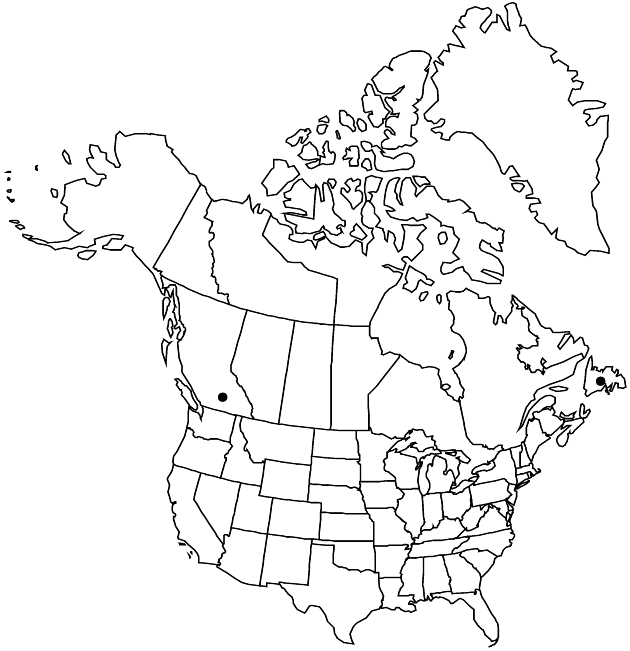Difference between revisions of "Doronicum orientale"
Commentat. Soc. Phys.-Med. Univ. Lit. Caes. Mosq. 1: 8. 1808.
Common names: Oriental leopard’s-bane
Synonyms: Doronicum caucasicum M. Bieberstein
Treatment appears in FNA Volume 20. Treatment on page 612.
FNA>Volume Importer |
FNA>Volume Importer |
||
| Line 27: | Line 27: | ||
|elevation=0–100+ m | |elevation=0–100+ m | ||
|distribution=B.C.;Nfld. and Labr. (Nfld.);Europe. | |distribution=B.C.;Nfld. and Labr. (Nfld.);Europe. | ||
| − | |discussion=<p>Doronicum orientale appears not to have persisted in British Columbia or Newfoundland.</p> | + | |discussion=<p><i>Doronicum orientale</i> appears not to have persisted in British Columbia or Newfoundland.</p> |
|tables= | |tables= | ||
|references= | |references= | ||
| Line 52: | Line 52: | ||
|publication year=1808 | |publication year=1808 | ||
|special status= | |special status= | ||
| − | |source xml=https://jpend@bitbucket.org/aafc-mbb/fna-data-curation.git/src/ | + | |source xml=https://jpend@bitbucket.org/aafc-mbb/fna-data-curation.git/src/8f726806613d60c220dc4493de13607dd3150896/coarse_grained_fna_xml/V19-20-21/V20_1373.xml |
|tribe=Asteraceae tribe Senecioneae | |tribe=Asteraceae tribe Senecioneae | ||
|genus=Doronicum | |genus=Doronicum | ||
Revision as of 16:20, 18 September 2019
Plants 12–60(–90) cm. Stems sparsely pubescent proximally, glabrate distally. Leaves: blades of basal leaves ovate-orbiculate, (3–)6–14 × 3–6.5(–8.5) cm, bases cordate, margins crenate to subentire, faces (and petioles) sparsely hairy; cauline leaves 1–2(–3), sessile, blades ovate to lanceolate, bases clasping. Heads borne singly, 25–68 mm diam. Peduncles 45–150 mm. Phyllaries linear-lanceolate, 8–14(–18) mm, lengths about 1/2 rays, apices acute. Ray corollas 12–28 mm. 2n = 60.
Phenology: Flowering Mar–May.
Habitat: Moist woods, shaded rocky outcrops
Elevation: 0–100+ m
Distribution

B.C., Nfld. and Labr. (Nfld.), Europe.
Discussion
Doronicum orientale appears not to have persisted in British Columbia or Newfoundland.
Selected References
None.
Lower Taxa
None.